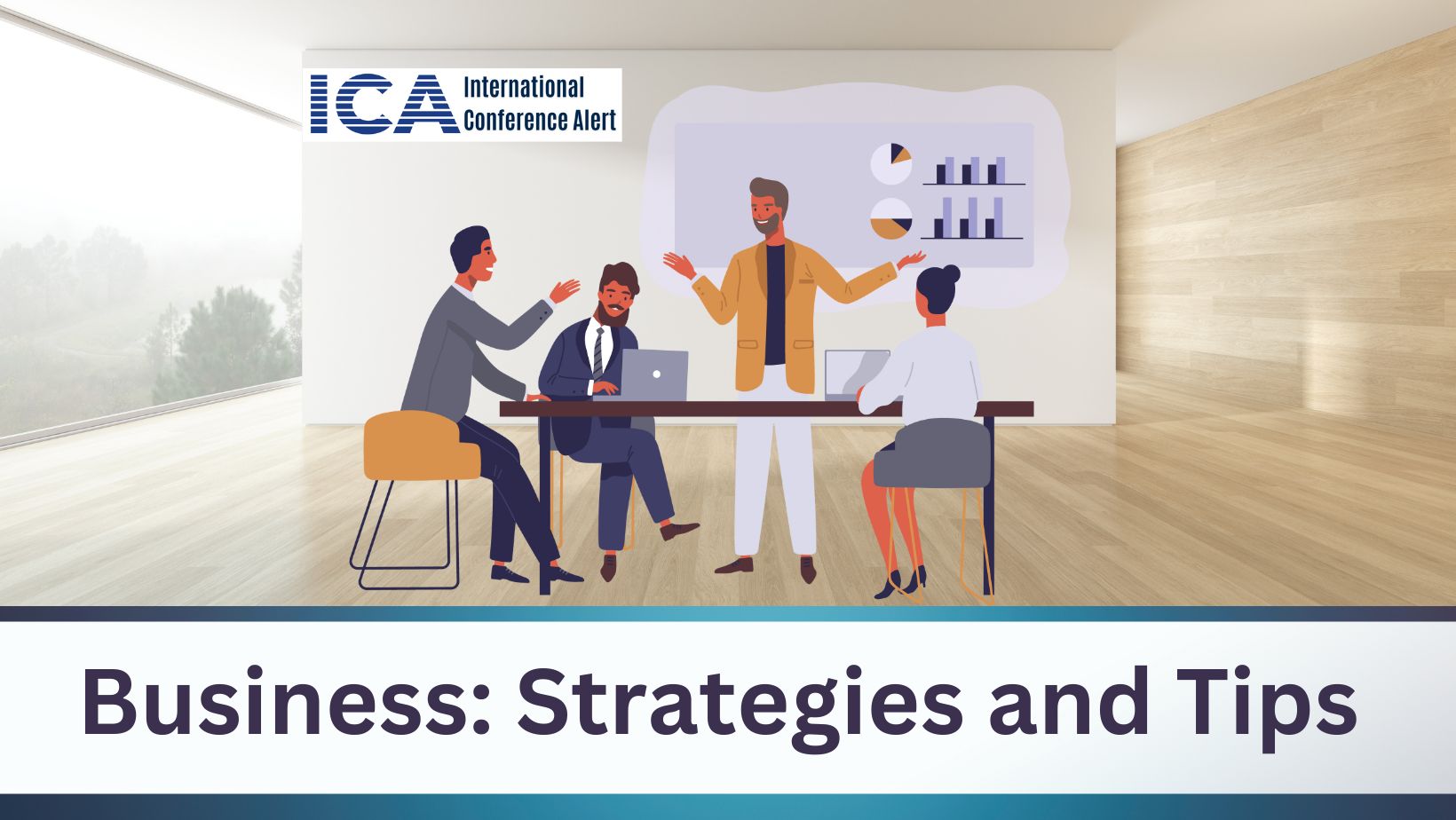Growing a business is a challenging and rewarding endeavor that requires vision, strategy, execution, and adaptation. Whether you are starting a new business, expanding an existing one, or entering a new market, you need to have a clear understanding of your goals, your customers, your competitors, and your resources. You also need to have a plan to achieve your goals, measure your progress, and overcome any obstacles.
You don’t have to do it alone. You can learn from the experts who have successfully grown their businesses and achieved their objectives.
You can benefit from their insights, experiences, and advice on how to grow your business in various aspects, such as:
Marketing: How to attract, retain, and delight your customers with effective marketing strategies and tactics.
Sales: How to increase your revenue and profitability with proven sales techniques and tools.
Product: How to create and deliver value to your customers with innovative and quality products or services.
Operations: How to optimize your processes and systems to increase efficiency and productivity.
Finance: How to manage your cash flow and budget to ensure financial stability and growth.
Leadership: How to lead and motivate your team to achieve your vision and goals.
Culture: How to build and sustain a positive and supportive culture that fosters collaboration and innovation.
Identify Your Target Market
One of the first steps to growing your business is to identify your target market. This is the group of customers who are most likely to buy your product or service, and who have a specific need or problem that you can solve. By knowing your target market, you can tailor your marketing efforts, pricing, distribution channels, and product features to meet their preferences and expectations.
To identify your target market, you need to conduct market research. This involves collecting and analyzing data about your potential customers, such as their demographics, psychographics, behavior, needs, wants, challenges, and goals. You can use various methods to gather this information, such as surveys, interviews, focus groups, online research, and observation.
Some of the questions that you should ask yourself when defining your target market are:
Who are they? What are their age, gender, income, education, location, occupation, and lifestyle?
What are they looking for? What are their needs, wants, pain points, and motivations?
How do they behave? How do they make purchasing decisions? What are their buying habits and preferences?
Where do they hang out? What are their media consumption habits? What channels do they use to find information and communicate?
Why should they choose you? What are your unique value propositions? How do you differentiate yourself from your competitors?
This will help you to segment your market and target your marketing efforts more effectively.
Develop a Growth Strategy
Once you have identified your target market, you need to develop a growth strategy. This is a plan that outlines how you will achieve your business goals and objectives. A growth strategy should include the following elements:
Vision statement: This is a brief description of what you want your business to be in the future. It should capture your core values, purpose, and aspirations.
Mission statement: This is a concise statement of what you do, how you do it, and why you do it. It should communicate your value proposition and competitive advantage.
SWOT analysis: This is a tool that helps you to evaluate your strengths, weaknesses, opportunities, and threats. It helps you to identify the internal and external factors that can affect your growth potential.
SMART goal: This is a specific, measurable, achievable, relevant, and time-bound goal that you want to accomplish. It should be aligned with your vision and mission statements.
Growth model: This is a framework that describes how you will generate revenue and profit from your business. It should include your revenue streams, cost structure, pricing strategy, customer segments, value propositions, channels, customer relationships, key resources, key activities, key partnerships, and key metrics.
Growth tactic: This is a specific action or initiative that you will implement to achieve your growth goal. It should be based on your growth model and SWOT analysis.
A growth strategy should be flexible and adaptable to changing market conditions and customer needs. You should monitor and measure your progress regularly and adjust your strategy accordingly.
Implement Effective Marketing Tactics
Marketing is essential for growing your business. It helps you to attract new customers, retain existing ones, increase brand awareness, build trust and loyalty, and generate sales. Marketing tactics are the specific methods that you use to execute your marketing strategy. They can be divided into two main categories:
Online marketing: Social Media Marketing, email marketing (Mailchimp, Constant Contact, etc.), content marketing (blogs, podcasts, videos, etc.), search engine optimization (SEO), pay-per-click advertising (PPC), influencer marketing, online reviews, etc.
Offline marketing: This involves using traditional channels such as print media (newspapers, magazines, flyers, etc.), broadcast media (radio, television, etc.), direct mail (postcards, letters, etc.), events (trade shows, seminars, webinars, etc.), referrals (word-of-mouth, testimonials, etc.), etc.
Provide Excellent Customer Service
Customer service is another key factor for growing your business. It helps you to retain your existing customers, increase customer satisfaction and loyalty, generate repeat purchases and referrals, reduce customer churn and complaints, and enhance your reputation and brand image. Customer service is the process of providing support and assistance to your customers before, during, and after they purchase your product or service.
The best customer service tactics for your business depend on your product or service, customer expectations, budget, and resources. You should strive to provide fast, friendly, and helpful customer service across all channels and touchpoints.
Listen to your customers: You should pay attention to what your customers are saying, asking, or complaining about. You should empathize with their feelings and needs and show that you care about them.
Solve their problems: You should identify the root cause of their problems and provide them with effective and timely solutions. You should follow up with them to ensure that they are satisfied with the outcome.
Exceed their expectations: You should go above and beyond what your customers expect from you. You should surprise and delight them with extra value, discounts, freebies, upgrades, etc.
Ask for feedback: You should solicit feedback from your customers on a regular basis. You should use surveys, polls, reviews, ratings, etc. to measure their satisfaction and loyalty. You should also thank them for their feedback and act on it to improve your product or service.
Reward their loyalty: You should appreciate and acknowledge your loyal customers. You should use loyalty programs, referral programs, coupons, vouchers, etc. to reward them for their repeat purchases and referrals.
Growing a business is not an easy task, but it can be done with the right strategies and tactics. By identifying your target market, developing a growth strategy, implementing effective marketing tactics, and providing excellent customer service, you can increase your customer base, revenue, and profit. You can also create a loyal and happy customer community that will support your business in the long run.
One of the ways that conferences can help you grow your business is by providing you with the opportunity to learn from the experts who have successfully grown their businesses and achieved their objectives. You can benefit from their insights, experiences, and advice on how to grow your business in various aspects, such as marketing, sales, product, operations, finance, leadership, and culture.
By attending a conference, you can also network with other business owners and leaders who are facing the same challenges and opportunities as you. You can exchange ideas, share best practices, and form partnerships that can help you grow your business. You can also discover new solutions and technologies that can help you optimize your processes and systems, enhance your customer experience, and increase your competitive advantage.




